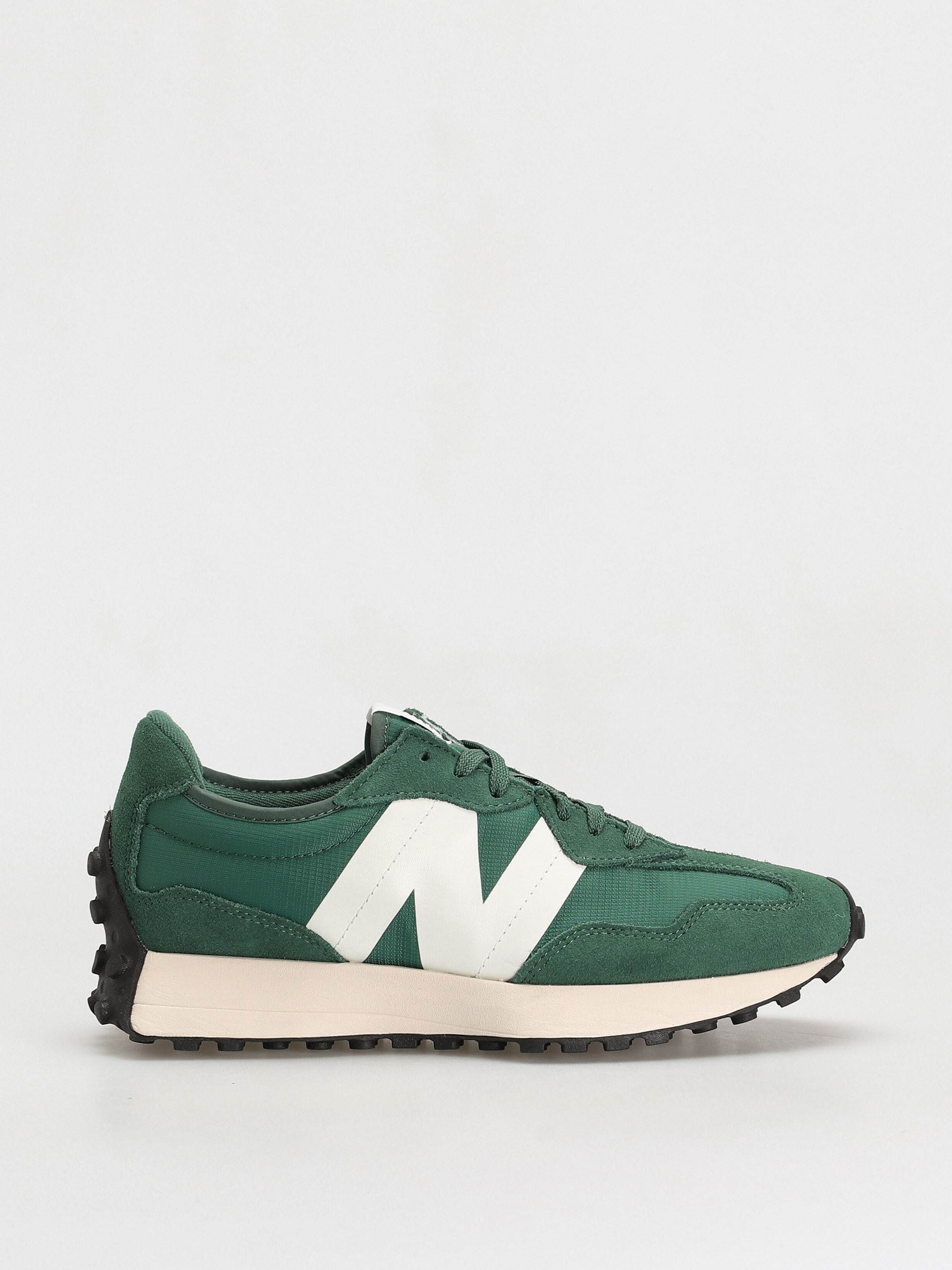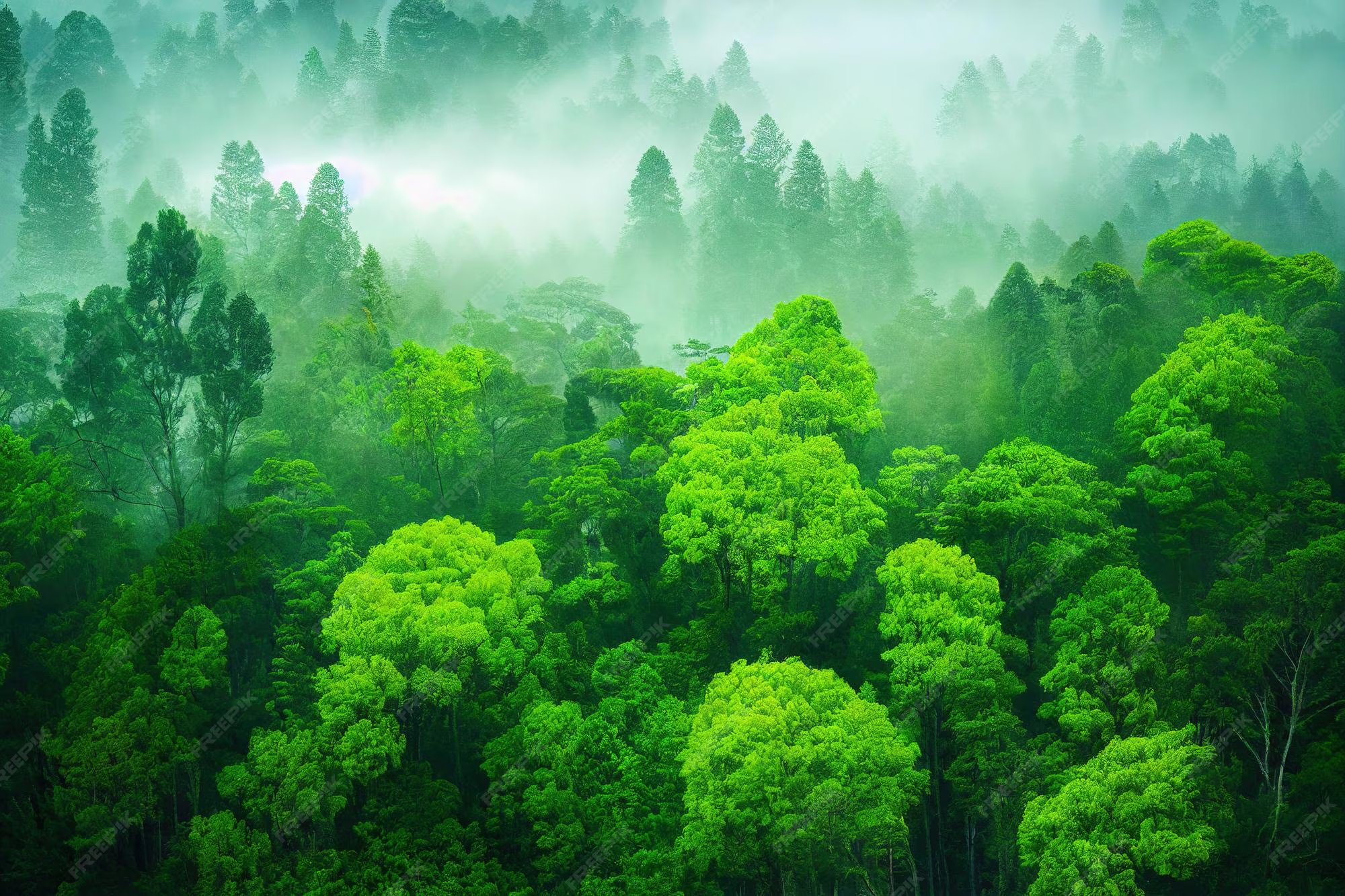
Introduction
In recent years, the colour forest green has emerged as a significant trend in sustainable fashion, symbolising not only style but also a commitment to environmental consciousness. As consumers become more environmentally aware, the demand for sustainable materials and eco-friendly practices has surged. This article explores the importance of forest green as a colour choice and its relevance in today’s fashion industry.
The Significance of Forest Green
Forest green, reminiscent of rich woody landscapes, has captured the attention of both designers and fashionistas alike. The colour is often associated with nature, growth, and rejuvenation, making it a fitting choice for brands that aim to reflect their commitment to eco-sustainability. Recent studies show an increase in consumer preference for products made with sustainable practices, leading brands to adapt their palettes accordingly.
Sustainable Fashion and Forest Green
As we look at the current trends, forest green is being utilised in fabrics made from organic cotton, recycled materials, and other sustainable sources. Many fashion labels, including high-end and fast-fashion brands, are incorporating this colour into their collections to showcase their green ethos. For example, brands like Reformation and Stella McCartney have used forest green in their ranges, aligning their collections with an environmentally conscious message.
Moreover, the colour has been prominently featured in the seasonal collections of recent fashion weeks, where it has been showcased in various forms, from casual wear to formal attire. This versatility allows consumers to incorporate forest green into their wardrobes while making an environmentally friendly statement.
The Broader Implications
The rise of forest green in fashionable apparel is not merely a fleeting trend; it is indicative of a larger movement toward conscious consumerism. According to a report by McKinsey & Company, around 66% of consumers are willing to pay more for sustainable brands. This shift is influencing designers to rethink not only aesthetics but also the materials and processes they use in production.
Conclusion
As forest green continues to dominate the fashion landscape, it serves as a powerful reminder of the connection between style and sustainability. It signals a shift in values, where consumers prioritise eco-friendliness alongside appearance. In conclusion, the significance of forest green extends beyond its visual appeal, representing a broader commitment to sustainable practices in the ever-evolving world of fashion. As we move forward, it will be interesting to observe how this trend develops and what it signifies for future fashion innovations.
You may also like

Understanding Forest Green: Its Significance and Impact

Billy Eleikana: A Talented New Force in the Fashion Industry
